Exploring the Shadows of Latuda: A Ghost Town Tale
Enveloped by the rugged beauty of Utah’s mountains, Latuda Ghost Town offers a unique glimpse into a vanished world. Once a bustling coal mining community, today Latuda is a quiet testament to the impermanence of human endeavors, its crumbling edifices and silent streets telling a story of both triumph and tragedy.
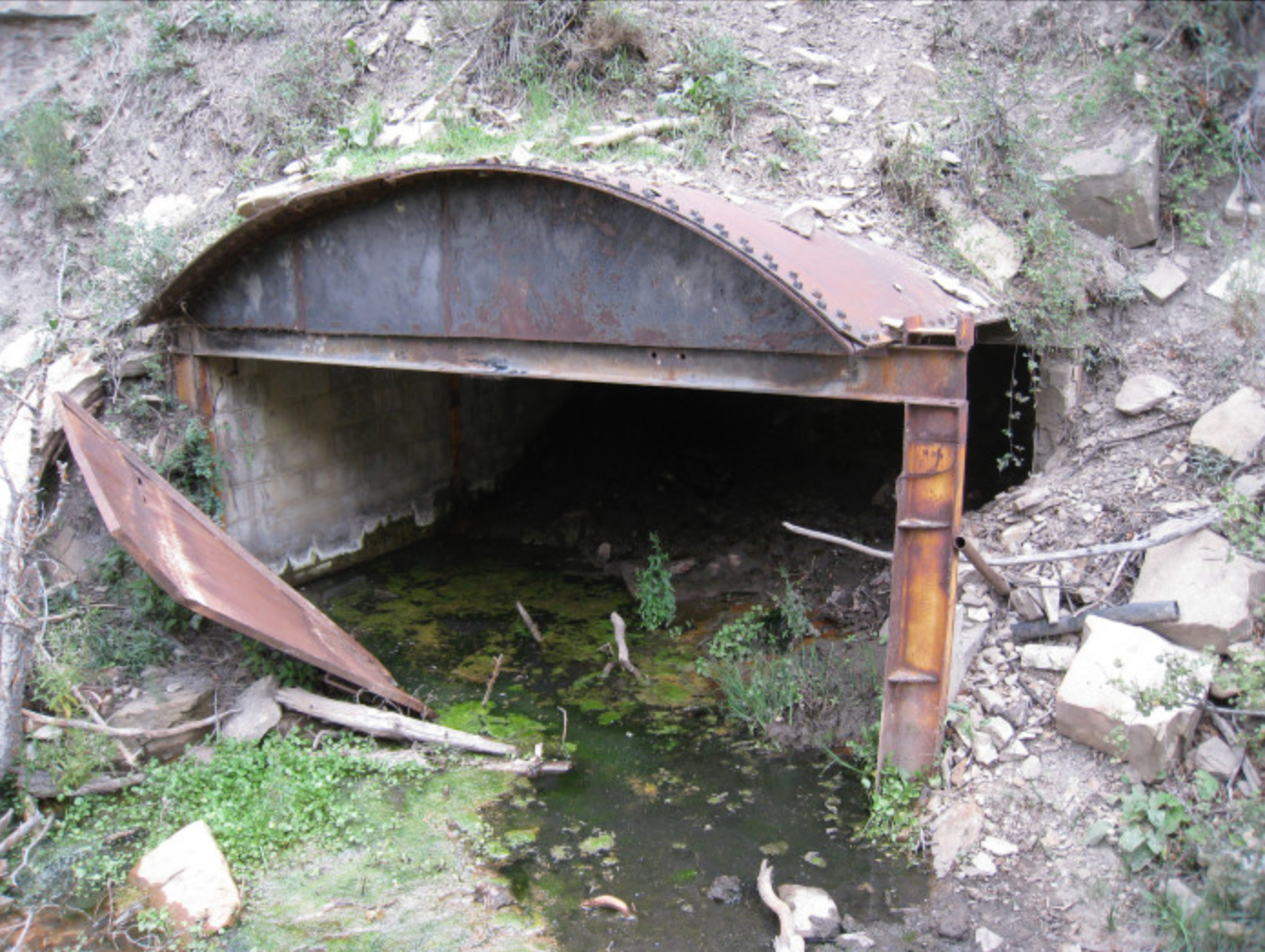
The Rise and Fall of Latuda
Founded in 1917 in Carbon County, Utah, the town of Latuda quickly became a hub of activity when the Liberty Fuel Company opened a mine and constructed essential facilities. Named after an early settler, Pete Latuda, the town’s population swelled in the 1930s, boasting amenities including a school, post office, and even a baseball team, fostering a tight-knit community.
However, as the decades passed, the demand for coal waned, and by the 1960s, the mines had shuttered, leaving the town deserted. The post office closed its doors in 1970, sealing Latuda’s fate as a ghost town. Today, the remnants of Latuda lie on private property, largely inaccessible to the public but still holding a fascination for those intrigued by its history and rumored hauntings.
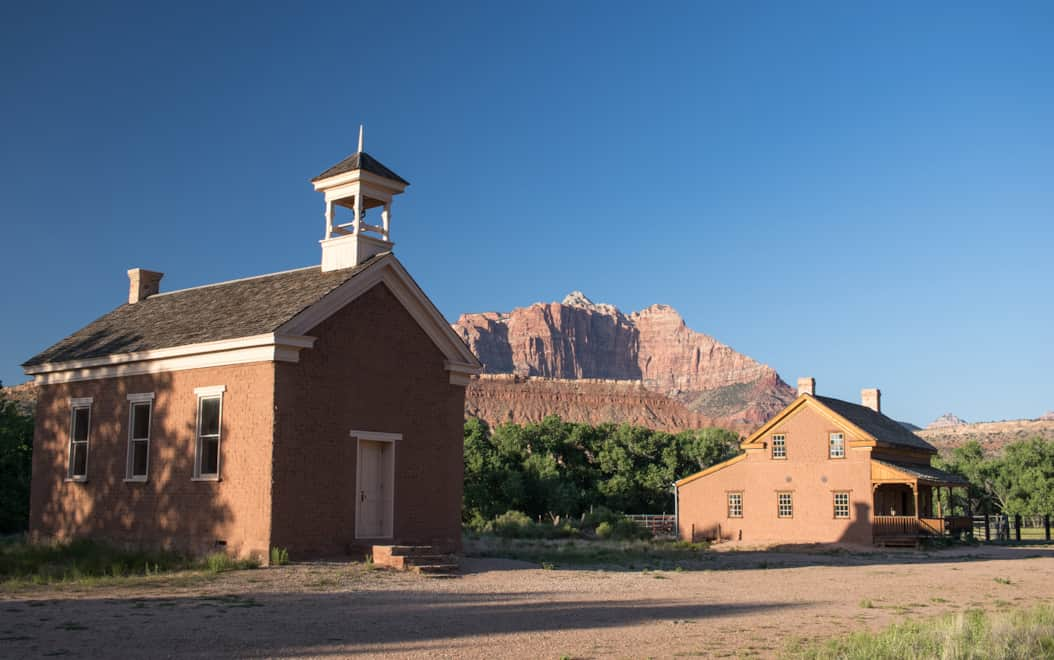
Ghostly Legends and Paranormal Claims
Latuda’s eerie atmosphere is ripe for ghost stories. Legend has it that the town is haunted by the spirits of miners who met their untimely deaths in the mines. These tales are bolstered by reports of paranormal activities such as phantom sounds and ghostly apparitions, making Latuda a subject of fascination among ghost hunters and paranormal enthusiasts.

Latuda Today: A Haunting Historical Echo
The ghost town of Latuda continues to be an enigmatic site, reflecting the cyclical nature of industry and the fleeting nature of human settlements. Though it stands in disrepair, the town’s story is a poignant reminder of the past’s reach into the present, inviting the brave and the curious to explore its haunted heritage and learn from its history.


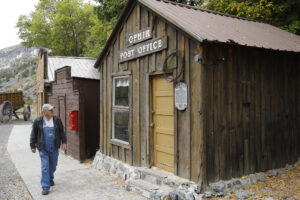
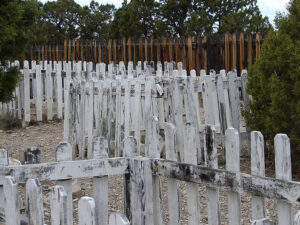
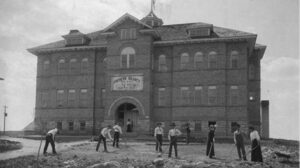
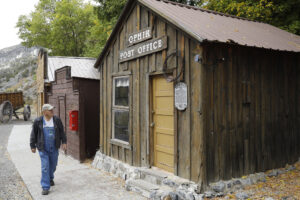
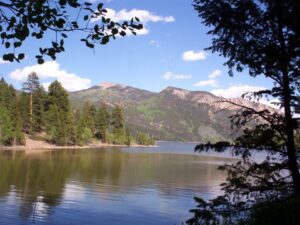


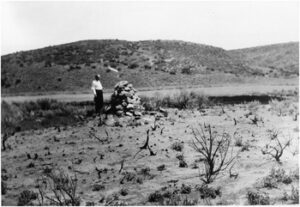
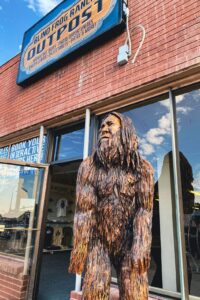
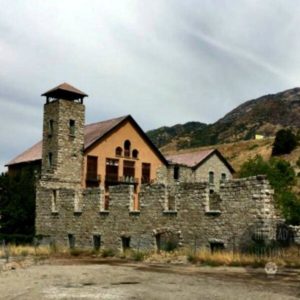




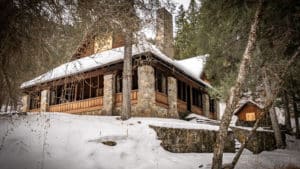
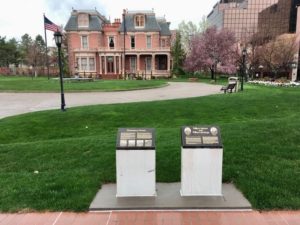
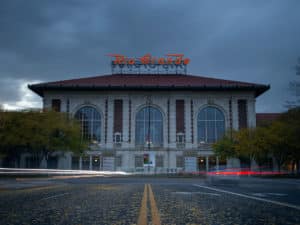
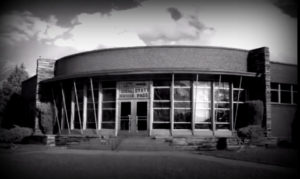
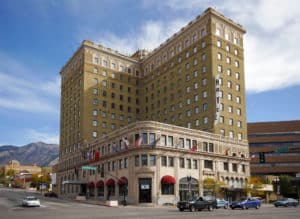
Leave a Reply